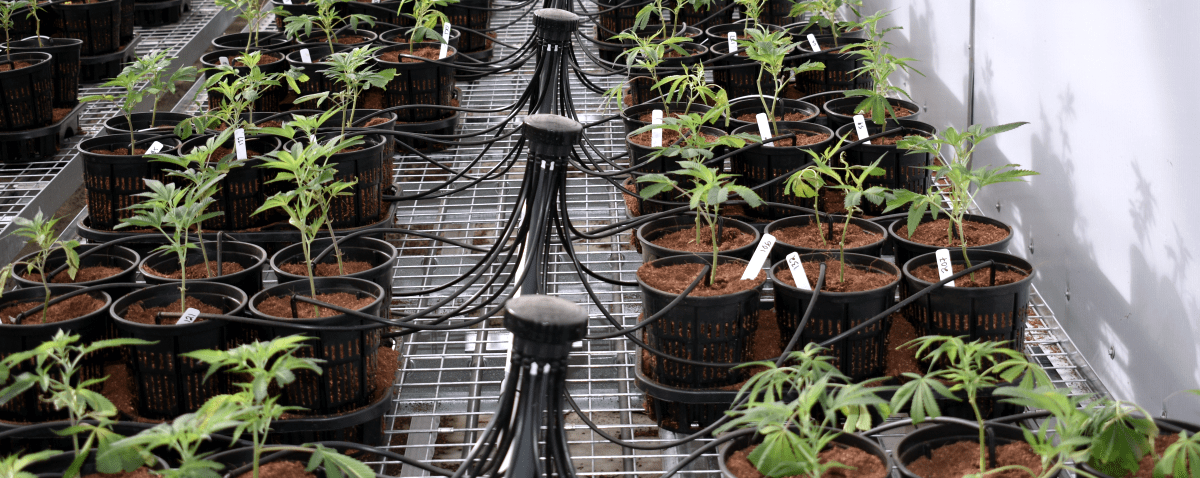
- Hemp Farming
-
by gu
Hemp crop irrigation is one of the most important aspects when it comes to producing quality CBD hemp. Though hemp is relatively tolerant of drought, farmers will see better results when providing proper irrigation to their plants. Not only does water nourish plants and help carry vital nutrients throughout their vascular system, but it also helps reduce the likelihood of THC spikes by minimizing stress.

Today, we’ll discuss the water demands of CBD hemp crops and outline a few strategies to ensure hemp plants get the moisture levels they need to thrive.
CBD Hemp Water Demands
Hemp is an incredibly durable plant that is designed for survival in many different climates. However, though tolerant of minor drought, hemp produces better results – heavier weight and more concentrated cannabinoid levels – when given sufficient water. Not only that, but hemp crops are less likely to experience THC spikes as a result of dry soil. Indeed, precise moisture levels for CBD hemp are integral to growing a healthy, profitable.

Hemp crop irrigation requires about 20 to 30 inches of water each season. Areas without sufficient rainfall should irrigate to avoid drought stress which can result in stunted growth and decreased cannabinoid levels. This is especially true when accompanies by high temperatures, though well-rooted stalks at least 20 to 30 inches tall are more tolerant of these conditions.
Light, sandy soil demands twice as much water as medium soils because they drain quickly and tend to blow away. Though seedlings require plenty of moisture to establish themselves, farmers must take care not to let them drowned.
Hemp moisture uptake gradually increases during vegetative growth and drops considerably during the flowering period. Late flower again witnesses increased moisture uptake when cannabinoid production is at its highest. Soil sensors can help farmers maintain optimal hemp soil moisture at around 80 percent.
Drip Systems for Hemp Crop Irrigation
Growing CBD hemp at scale requires precise hemp crop irrigation systems. Drip systems (as opposed to overhead systems) are of particular advantage to hemp crops for many reasons. First, drip systems, which water plant roots directly, improve efficiency and reduce water loss due to evaporation. Hemp crops waste less water when more water makes it to the root system.

Moreover, drip systems reduce the chance of fungal growth on leaves and inhibit the need for excessive weeding. Drip systems also make it easier to control a hemp crop’s nutrient regimen because farmers can add nutrients directly to the drip line and then to the roots. Hence, using drip irrigation systems to grow hemp is safer and less labor-intensive.
Additionally, drip systems are easily automated which makes season-long irrigation a breeze. In conjunction with soil sensors, smart drip systems can deliver precise moisture levels directly to roots saving time and money and conserving the valuable resource. This regardless of how much rainfall a crop gets during a season or whether or not it matches expectations.
Understanding Irrigation Restrictions in Your State
Hemp crop irrigation is obviously very important for optimal CBD production, but there can be too much of a good thing. In fact, due to water scarcity, many states restrict or regulate crop water use. Before planning your hemp crop’s irrigation system, consider which regulations are in place that limits hemp crop water use.
Are you ready to start your next CBD hemp crop? Contact us to learn more about our feminized CBD hemp seeds.

